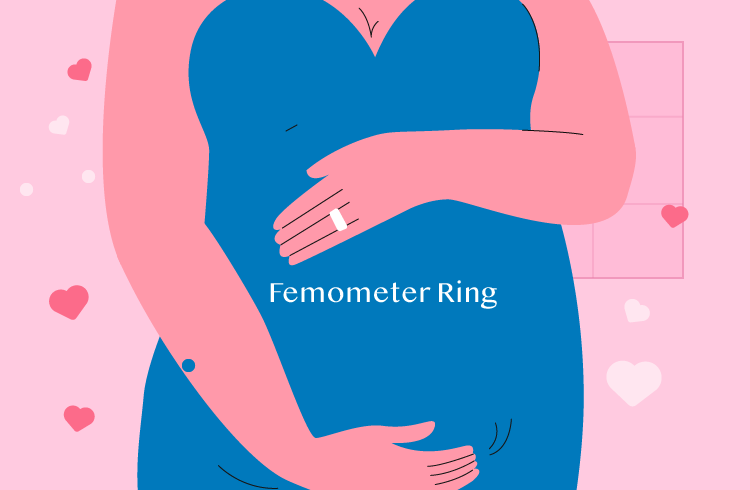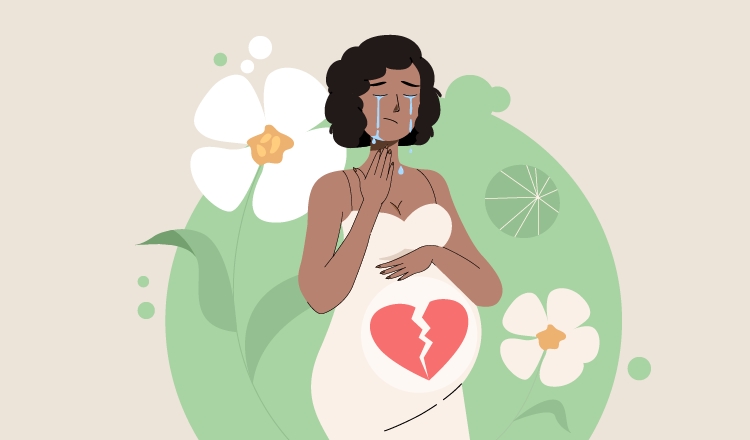In a world filled with whispers, myths, and misconceptions, one aspect of a woman's body often shrouded in mystery is her vagina. The lack of open conversations about this integral part of female anatomy has given rise to a myriad of myths that can leave us feeling perplexed, embarrassed, or even anxious about our own bodies. It's time to peel back the layers of misinformation and embark on a journey of self-discovery.
Our vagina, a symbol of strength, resilience, and life itself, deserves to be understood and celebrated. Yet, societal taboos and the absence of accurate information have led to a cloud of confusion surrounding this vital organ. In this blog, we'll unravel the truths that lie beneath the surface, empowering you with knowledge and dispelling the myths that may have cast shadows on your understanding. Because, in the pursuit of well-being, embracing the truth about our bodies is not just important—it's liberating.

Myth 1: Tighter is Better
Dispelling the Tightness Myth
Contrary to popular belief, the idea that a tighter vagina equals greater pleasure is unfounded. Vaginal tightness differs among individuals and doesn't dictate sexual satisfaction. True fulfillment lies in open communication and comfort between partners, not in conforming to unrealistic expectations. Let's debunk this myth and embrace the reality that intimacy is about connection and understanding, not arbitrary standards.
Myth 2: The Perfect Vagina Exists
The Reality of Diversity
Contrary to the misconception of a universal standard, the belief in a "perfect" vagina is unfounded. Biological diversity among humans, influenced by genetics and environmental factors, contributes to variations in size, shape, and color of the vagina. Geographic location, climate, and lifestyle practices can impact pelvic anatomy, hormone levels, and microbial flora. By acknowledging and normalizing these natural diversities, we not only dispel unrealistic ideals but also gain a deeper understanding of the remarkable adaptability of the human body. Embracing these variations promotes a positive body image, urging women to appreciate the unique beauty inherent in their individual anatomies.
Myth 3: A Bare Canvas is a Cleaner Canvas
The Reality of Hair Down There
The belief that a hairless intimate area equates to cleanliness is a common misconception. In truth, pubic hair plays a protective role, preventing friction and providing a barrier against bacteria. Embracing your natural state can be a healthier choice.
Myth 4: Intimacy Leads to a Loose Vagina
Debunking the Post-Sex Tightness Myth
Contrary to the myth that sex leads to vaginal looseness, the vagina is designed to expand and contract. Factors like childbirth and age may contribute to changes, but consensual and comfortable sex does not adversely impact vaginal tightness.
Myth 5: Periods Equal Pregnancy Protection
Menstrual Misconceptions
Commonly held but scientifically inaccurate, the belief that one can't get pregnant during menstruation persists. Although the likelihood is reduced, it's not impossible. Accurate family planning necessitates an understanding of the menstrual cycle and fertile days. Dispelling this myth empowers individuals to make informed reproductive choices, emphasizing the importance of comprehensive knowledge in navigating the intricacies of conception and contraception.
Myth 6: Period Sex Spells Trouble
Breaking the Taboo on Period Intimacy
Contrary to the notion that period sex is unsafe, it can be a perfectly normal and enjoyable experience. Communication, consent, and using protection as needed ensure a safe and comfortable encounter during menstruation.
Myth 7: Vagina Farting is Abnormal
Normalizing Vaginal Sounds
Contrary to the myth, the sound colloquially known as "vagina farting" is a natural release of trapped air during movements like sex or exercise. This occurrence isn't abnormal and doesn't signal any issue. The vagina's elasticity facilitates such sounds. Normalizing this phenomenon is crucial to diminish unwarranted stigma. Education about vaginal physiology empowers individuals to embrace these natural aspects confidently, fostering a positive outlook on reproductive health.
Myth 8: Post-Sex Peeing Solves All
The Importance of Post-Sex Urination
The advice to pee after sex isn't just a myth; it's a valuable practice. Post-sex urination aids in flushing out bacteria, significantly lowering the risk of urinary tract infections. Beyond dispelling misconceptions, integrating this habit into one's routine is pivotal for maintaining optimal urinary and reproductive health. Recognizing that multiple protective measures are crucial reinforces the importance of a holistic approach to post-sex care.
Myth 9: Vaginal Health is a One-Time Concern
Continual Care Matters
Vaginal health isn't a one-off consideration. Regular check-ups, hygiene practices, and staying informed about changes contribute to long-term well-being. It's an ongoing commitment to self-care.
Myth 10: Your Gynecologist Knows It All
Empowering Yourself
Relying solely on your gynecologist for information may limit your understanding. Take charge of your health by educating yourself on the basics, ensuring active participation in decisions about your body.
Myth 11: Pain Equals Pleasure
Understanding Pain During Intercourse
The notion that pain equates to pleasure is a dangerous myth. Pain during intercourse could indicate various issues, from lack of arousal to medical conditions. Open communication with a partner and seeking professional advice are crucial.
Myth 12: All Discomfort is Menstrual
Beyond Menstrual Woes
Associating all pelvic discomfort with menstruation oversimplifies the issue. Pelvic pain may stem from various factors, including infections, endometriosis, or musculoskeletal problems. Recognizing distinct symptoms ensures appropriate intervention.
Myth 13: Vaginal Health is Only Physical
Mental Well-being Matters
Beyond the physical aspect, the connection between mental and vaginal health is crucial. Stress, anxiety, and emotional well-being profoundly influence physical health, including the vaginal environment. Acknowledging this link emphasizes the importance of prioritizing mental health as an integral part of a holistic self-care regimen. By recognizing and addressing both physical and mental aspects, individuals can cultivate a comprehensive approach to overall well-being, fostering a healthier and more balanced life.
Myth 15: Douche for Freshness
The Dangers of Douching
Despite the perception of enhanced freshness, douching poses risks to vaginal health. Scientifically, the vagina is self-cleaning, maintaining a delicate balance of beneficial bacteria. Douching disrupts this natural equilibrium, potentially causing infections and imbalances in the vaginal flora. Research indicates that regular douching is linked to higher instances of bacterial vaginosis and other complications. Opting for gentle external hygiene practices, such as cleaning the vulva with mild soap and water, aligns with maintaining the vagina's inherent self-cleaning mechanisms and supports a healthier, more resilient microbial environment.

Wrapping Up the Truth
In concluding our exploration of vaginal health myths, let's empower women with the knowledge to embrace their bodies fully. Understanding the intricacies of our anatomy dispels misconceptions and fosters a positive relationship with our unique selves. Remember, your body is an incredible, ever-adapting masterpiece. It's crucial to prioritize comprehensive education, debunking myths, and embracing the truths that define our experiences. By nurturing our physical and mental well-being, respecting the natural balance of our bodies, and rejecting societal pressures, we pave the way for a future where women confidently navigate their own narratives. Educate yourself, share knowledge, and let the truth set the foundation for a healthier, more enlightened perspective on vaginal well-being.
This article is the original creation of Femometer. All rights reserved by Femometer Inc. To reproduce, distribute, or reference the content, please reach out to us in advance to prevent any potential legal issues. Copyright © Femometer Inc.










